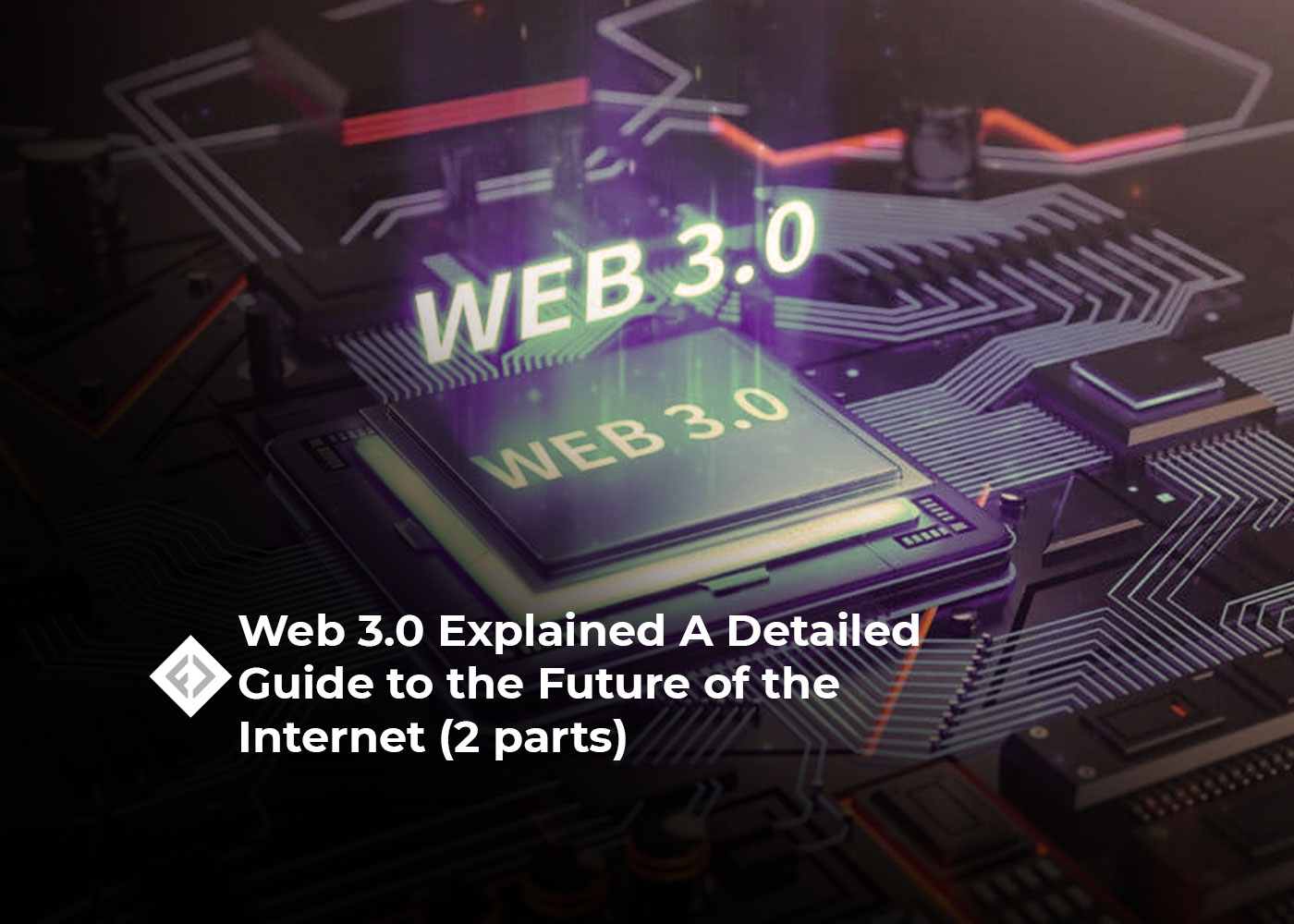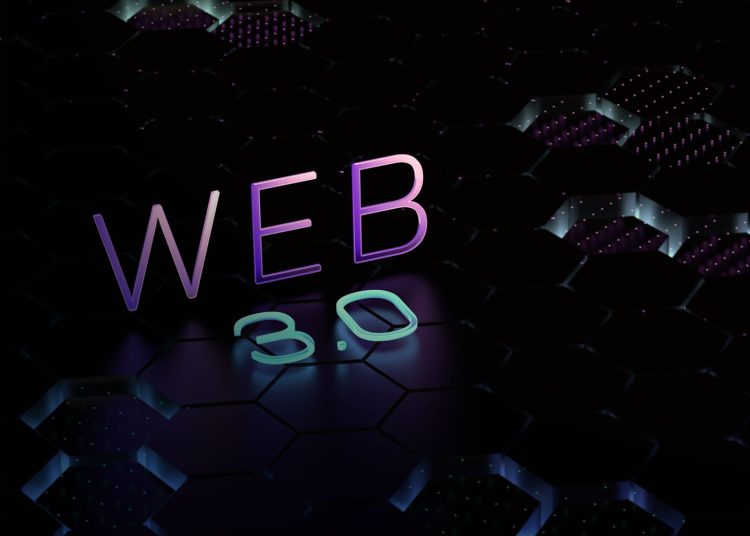If you’ve been following the news lately, chances are that you’ve heard of Web3 at least once or twice. This new version of the internet has got everyone talking – from your colleagues to friends and family, and conversations about cryptocurrencies and investing have become part of everyday conversation. All this talk can be daunting, given that we’re still trying to adjust to social media’s role in our current socio-political climate. But don’t worry! We’re here to break down what it is all about, so let us help introduce you to Web3: The next level up for the web as we know it today!
A Trip To the Memory Lane: What Was Web 1.0?
Up to this point, two versions of the internet have been introduced: Web 1.0 and Web 2.0. The first iteration, known as “the dinosaur age,” extended from the mid-eighties to the early 2000s and was developed via research carried out by DARPA (Defense Advanced Research Projects Agency) back in 1973 concerning protocols that permit computer systems to connect over a distributed network. Protocols are methods for machines connected in a system that allow communication between one another – basically predetermined rules!
The initial version of the web was decentralized, meaning that it relied on open protocols which were available for everyone to use. Examples of these protocols include HTTP (web), SMTP (email), and FTP (file transfer). These are the same foundations upon which we build our beloved modern internet applications today.
During the days of Web 1.0, there was a lack of engaging and interactive components on the internet, such as visuals or comment sections like we now have access to. Users were powerless to respond to what they read in any way other than passively receiving information – making this era known as the “read-only” period.

This Is The World We Live In: Web 2.0
For two decades, we’ve been immersed in the Web 2.0 era, characterized not by a technical shift but rather allowing everyday users to actively contribute content to the web. Rather than being passive observers of this online world, individuals can now take part in creating it – making their impact and voice heard by all those around them!
When discussing Web 1.0, one only needs to consider an e-commerce store with a list of product names and prices. However, Web 2.0 is miles ahead as customers can now use their chosen site to make payments, track orders, request refunds, and post reviews! Take Facebook, for instance; they have grown by leaps and bounds due to the ‘Like’ button or notifications, which entice readers into actively engaging with them – similar tactics are used by Google & Amazon, too, to get user feedback on products via reviews, etc.
Unfortunately, the modern web – Web 2.0 – is primarily identified by its intermediaries that hold all the power and control of our data. People turn to Google for business searches, Instagram or Spotify for artists they like, and Amazon when shopping online; these big-name companies dictate what can be done online while having complete autonomy over access rights. We have all experienced their dominance in some form regardless of political affiliation – a frightening occurrence indeed!
It’s not just who and when we connect with others that are controlled by intermediaries; they also dictate the most profitable approach to monetize our time and attention. Unfortunately, almost all of the tools used on the internet come from centralized sources like Amazon’s AWS cloud computing service. You might be surprised to learn that a crazily high one-third of online activities originate from this platform!
In the second part of this article, we will examine Web3 deeply. Don’t miss out—keep reading!
You might check:











